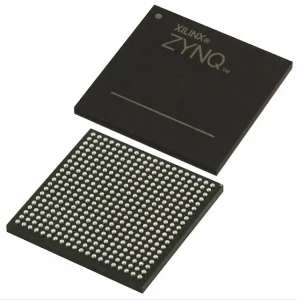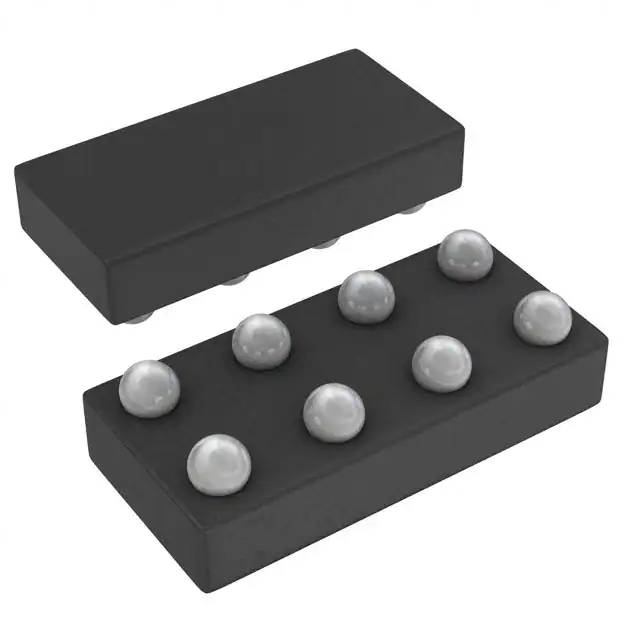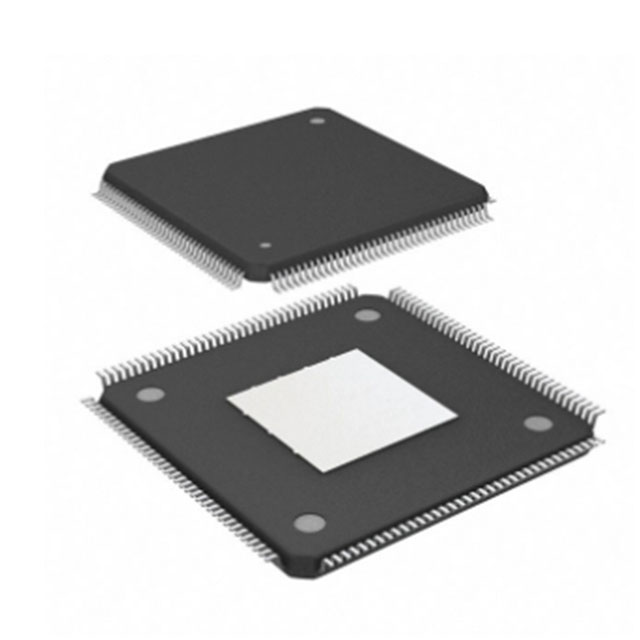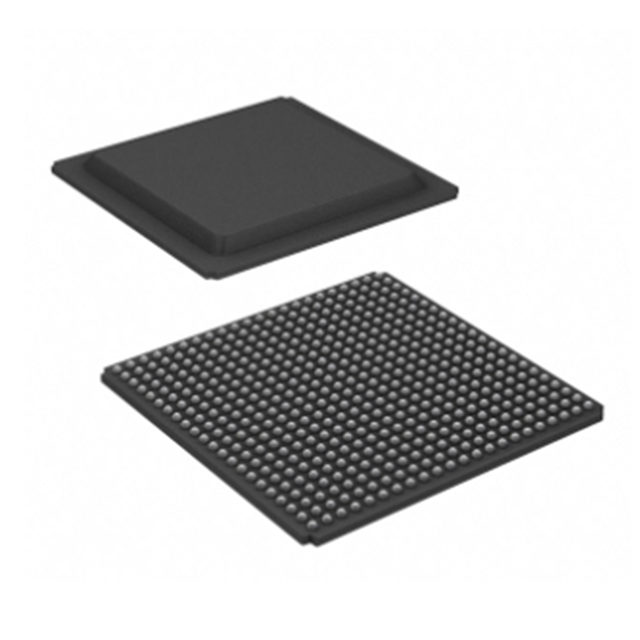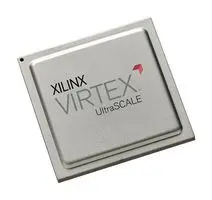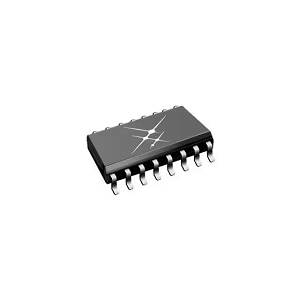MINCESEN TECHNOLOGY Integrated Circuits BGA400 XA7Z020 XA7Z020-1CLG400I
Product Attributes
| TYPE | DESCRIPTION |
SELECT |
| Category | Integrated Circuits (ICs)Embedded |
|
| Mfr | AMD Xilinx |
|
| Series | Automotive, AEC-Q100, Zynq®-7000 XA |
|
| Package | Tray |
|
| Product Status | Active |
|
| Architecture | MCU, FPGA |
|
| Core Processor | Dual ARM® Cortex®-A9 MPCore™ with CoreSight™ |
|
| Flash Size | - |
|
| RAM Size | 256KB |
|
| Peripherals | DMA |
|
| Connectivity | CANbus, EBI/EMI, Ethernet, I²C, MMC/SD/SDIO, SPI, UART/USART, USB OTG |
|
| Speed | 667MHz |
|
| Primary Attributes | Artix™-7 FPGA, 85K Logic Cells |
|
| Operating Temperature | -40°C ~ 100°C (TJ) |
|
| Package / Case | 400-LFBGA, CSPBGA |
|
| Supplier Device Package | 400-CSPBGA (17x17) |
|
| Number of I/O | 130 |
|
| Base Product Number | XA7Z020 |
|
system-on-chip (SoC)
A system on a chip or system-on-chip (SoC) is an integrated circuit that integrates most or all components of a computer or other electronic system. These components almost always include a central processing unit (CPU), memory interfaces, on-chip input/output devices, input/output interfaces, and secondary storage interfaces, often alongside other components such as radio modems and a graphics processing unit (GPU) – all on a single substrate or microchip.[1] It may contain digital, analog, mixed-signal, and often radio frequency signal processing functions (otherwise it is considered only an application processor).
Higher-performance SoCs are often paired with dedicated and physically separate memory and secondary storage (such as LPDDR and eUFS or eMMC, respectively) chips, that may be layered on top of the SoC in what's known as a package on package (PoP) configuration, or be placed close to the SoC. Additionally, SoCs may use separate wireless modems.[2]
SoCs are in contrast to the common traditional motherboard-based PC architecture, which separates components based on function and connects them through a central interfacing circuit board.[nb 1] Whereas a motherboard houses and connects detachable or replaceable components, SoCs integrate all of these components into a single integrated circuit. An SoC will typically integrate a CPU, graphics and memory interfaces,[nb 2] secondary storage and USB connectivity,[nb 3] random-access and read-only memories and secondary storage and/or their controllers on a single circuit die, whereas a motherboard would connect these modules as discrete components or expansion cards.
An SoC integrates a microcontroller, microprocessor or perhaps several processor cores with peripherals like a GPU, Wi-Fi and cellular network radio modems, and/or one or more coprocessors. Similar to how a microcontroller integrates a microprocessor with peripheral circuits and memory, an SoC can be seen as integrating a microcontroller with even more advanced peripherals. For an overview of integrating system components, see system integration.
More tightly integrated computer system designs improve performance and reduce power consumption as well as semiconductor die area than multi-chip designs with equivalent functionality. This comes at the cost of reduced replaceability of components. By definition, SoC designs are fully or nearly fully integrated across different component modules. For these reasons, there has been a general trend towards tighter integration of components in the computer hardware industry, in part due to the influence of SoCs and lessons learned from the mobile and embedded computing markets. SoCs can be viewed as part of a larger trend towards embedded computing and hardware acceleration.
SoCs are very common in the mobile computing (such as in smartphones and tablet computers) and edge computing markets.[3][4] They are also commonly used in embedded systems such as WiFi routers and the Internet of things.
Types
In general, there are three distinguishable types of SoCs:
- SoCs built around a microcontroller,
- SoCs built around a microprocessor, often found in mobile phones;
- Specialized application-specific integrated circuit SoCs designed for specific applications that do not fit into the above two categories.
Applications[edit]
SoCs can be applied to any computing task. However, they are typically used in mobile computing such as tablets, smartphones, smartwatches and netbooks as well as embedded systems and in applications where previously microcontrollers would be used.
Embedded systems[edit]
Where previously only microcontrollers could be used, SoCs are rising to prominence in the embedded systems market. Tighter system integration offers better reliability and mean time between failure, and SoCs offer more advanced functionality and computing power than microcontrollers.[5] Applications include AI acceleration, embedded machine vision,[6] data collection, telemetry, vector processing and ambient intelligence. Often embedded SoCs target the internet of things, industrial internet of things and edge computing markets.
Mobile computing[edit]
Mobile computing based SoCs always bundle processors, memories, on-chip caches, wireless networking capabilities and often digital camera hardware and firmware. With increasing memory sizes, high end SoCs will often have no memory and flash storage and instead, the memory and flash memory will be placed right next to, or above (package on package), the SoC.[7] Some examples of mobile computing SoCs include:
- Samsung Electronics: list, typically based on ARM
- Qualcomm:
- Snapdragon (list), used in many LG, Xiaomi, Google Pixel, HTC and Samsung Galaxy smartphones. In 2018, Snapdragon SoCs are being used as the backbone of laptop computers running Windows 10, marketed as "Always Connected PCs".[8][9]







